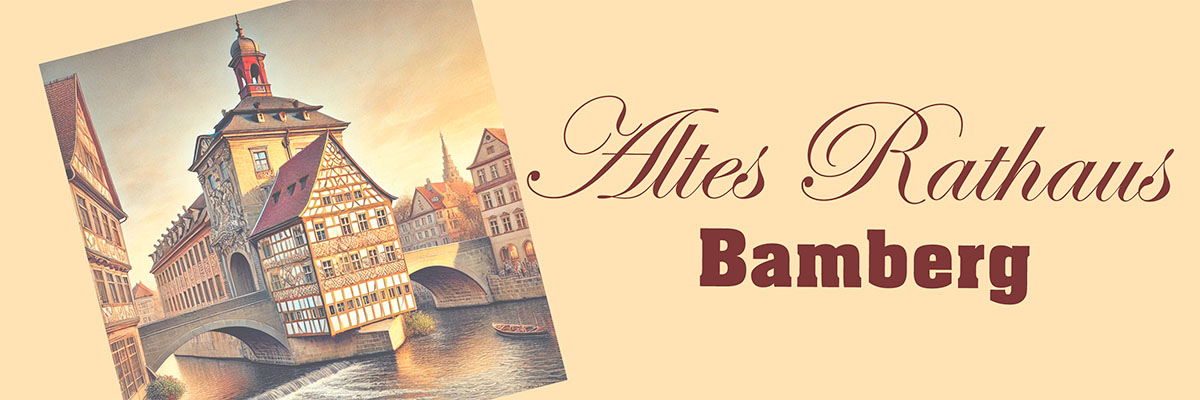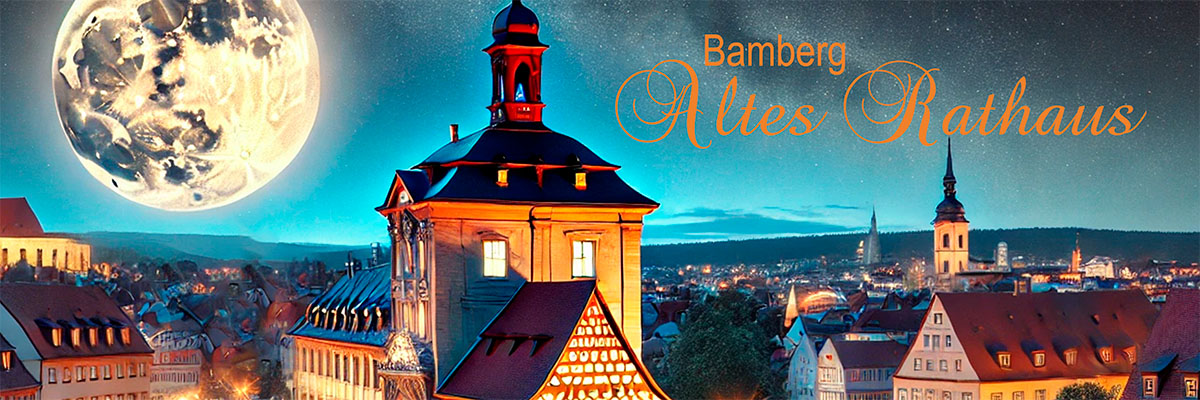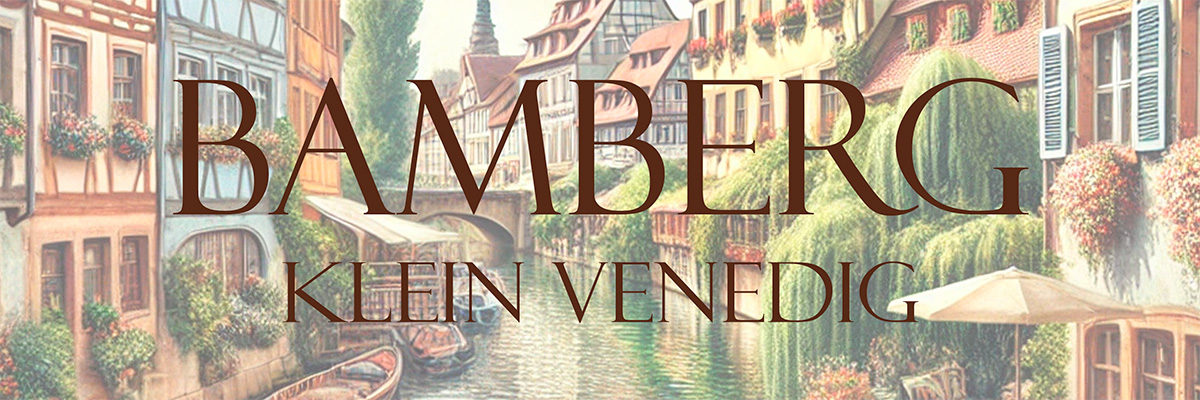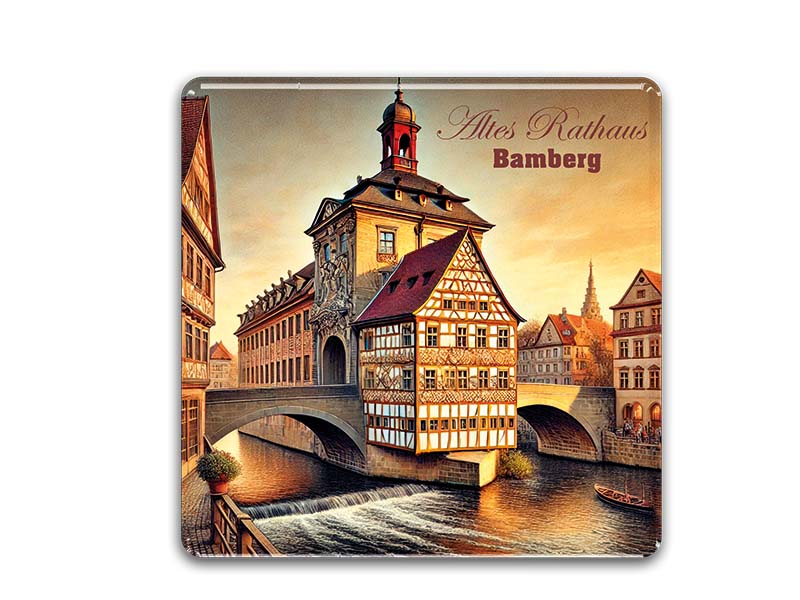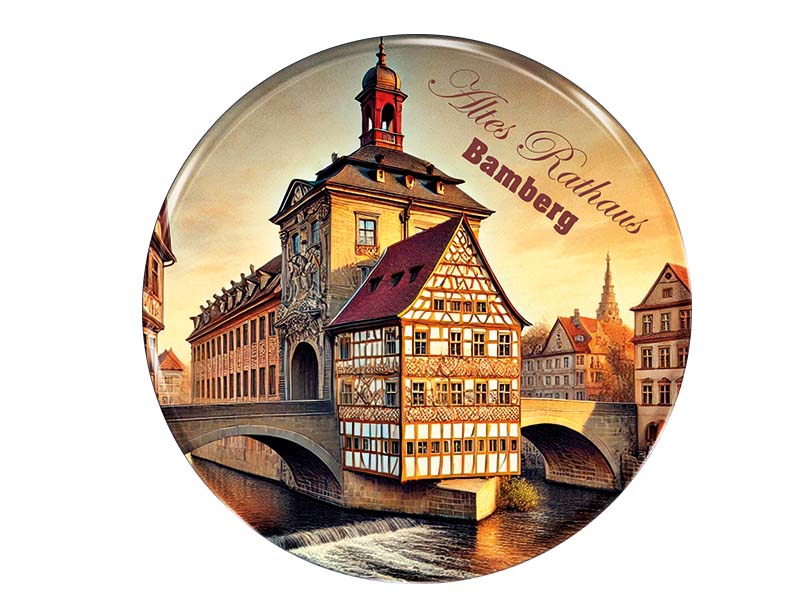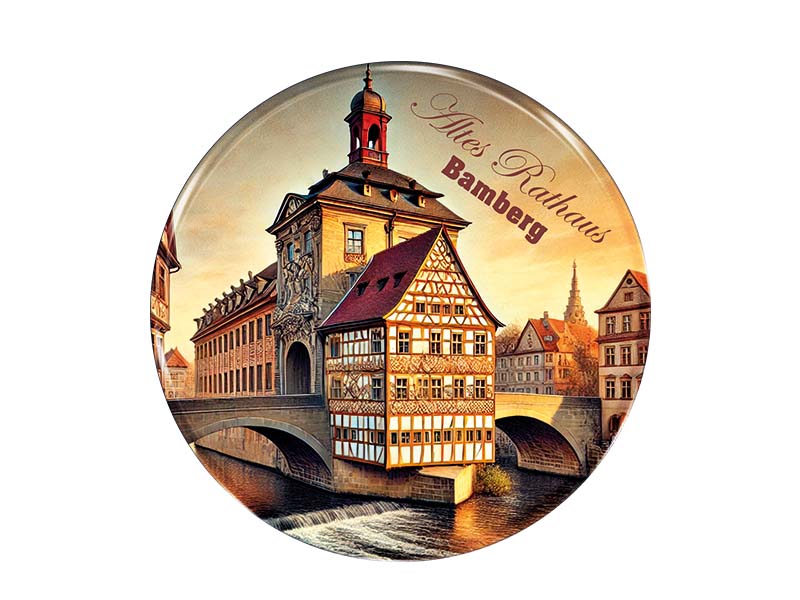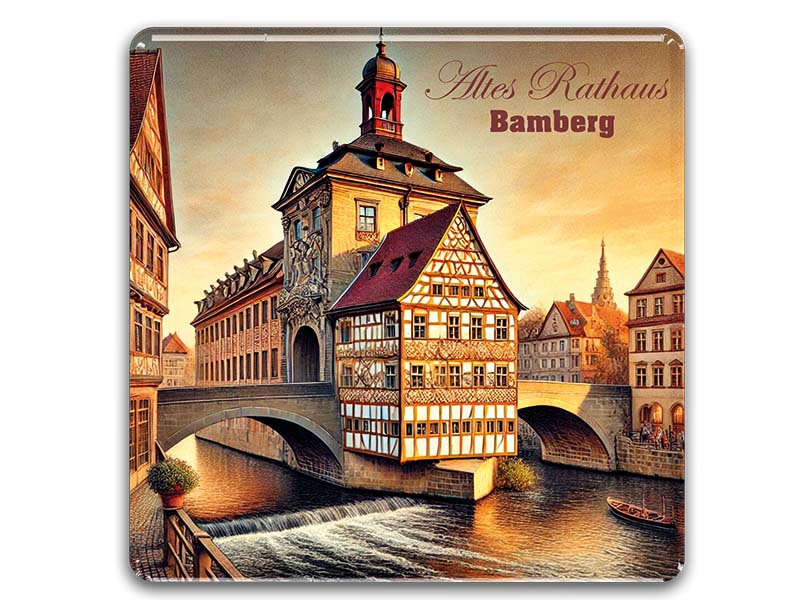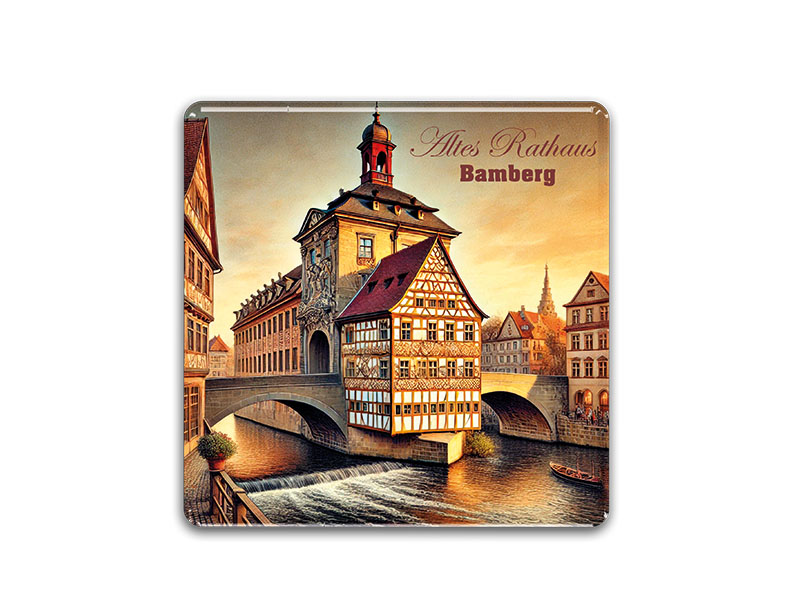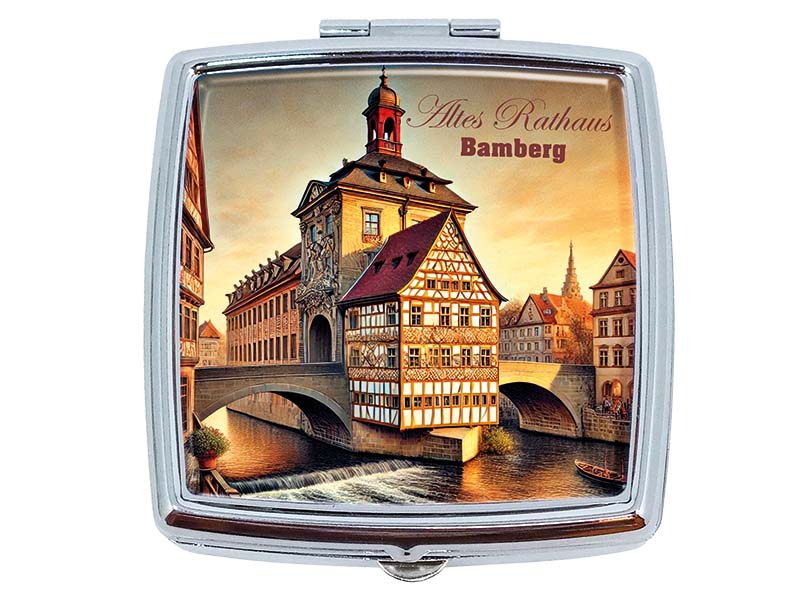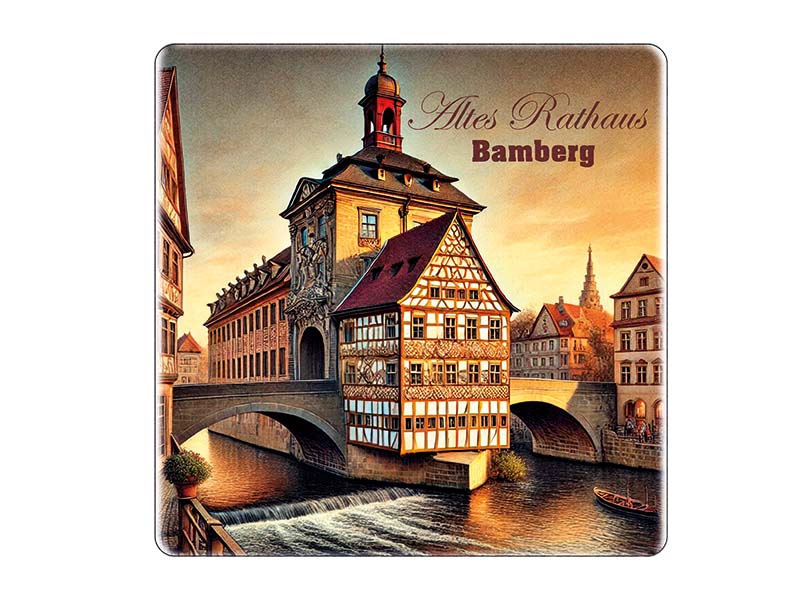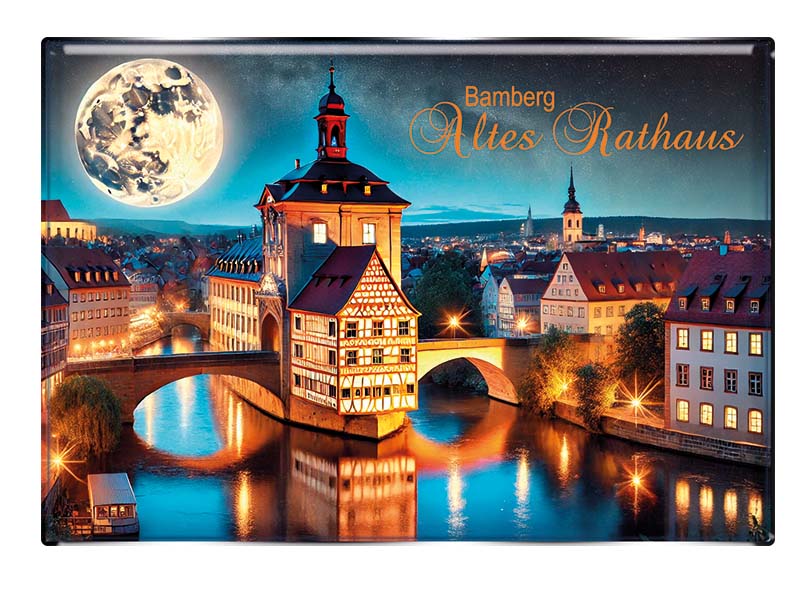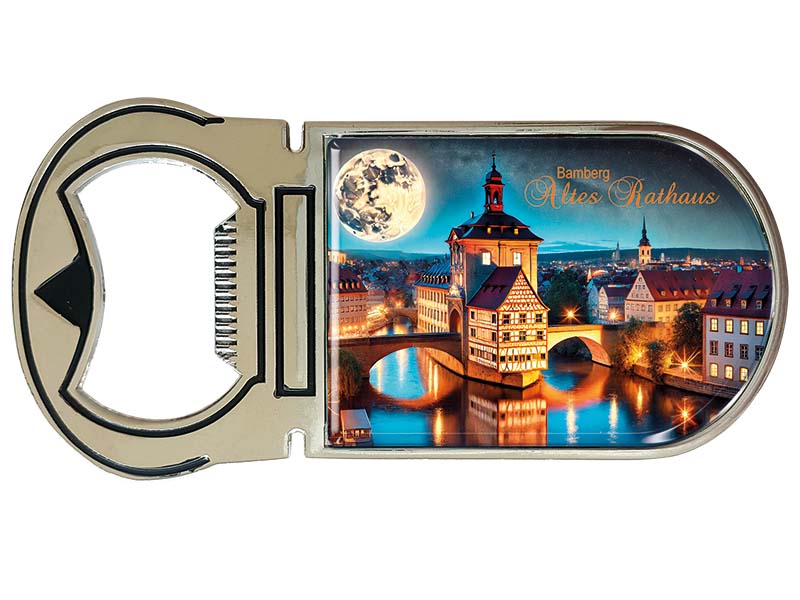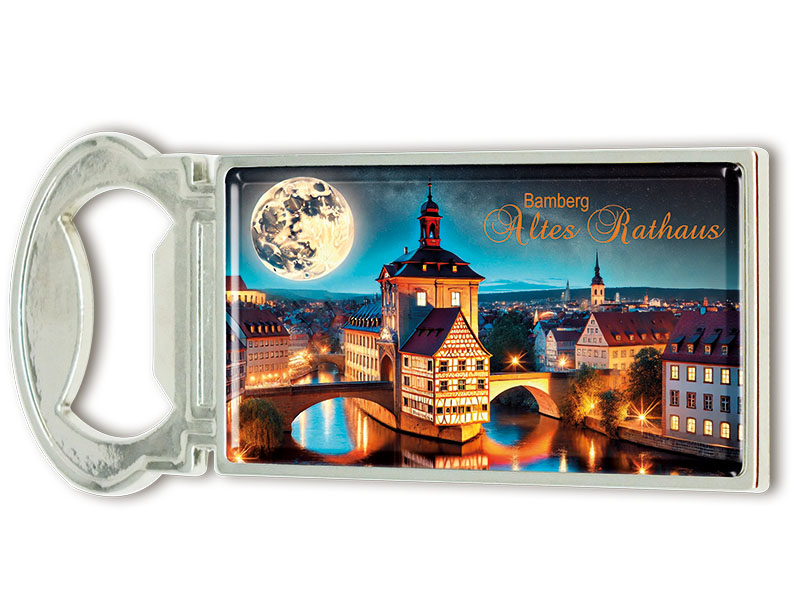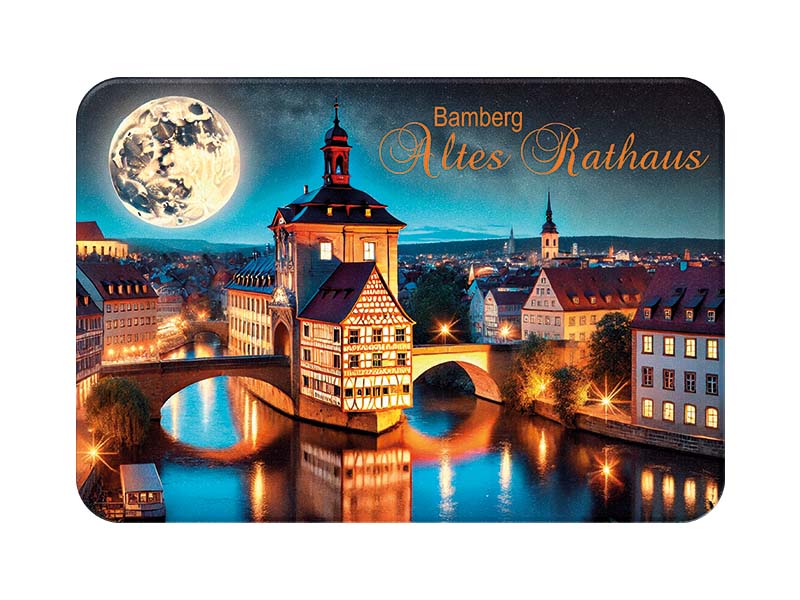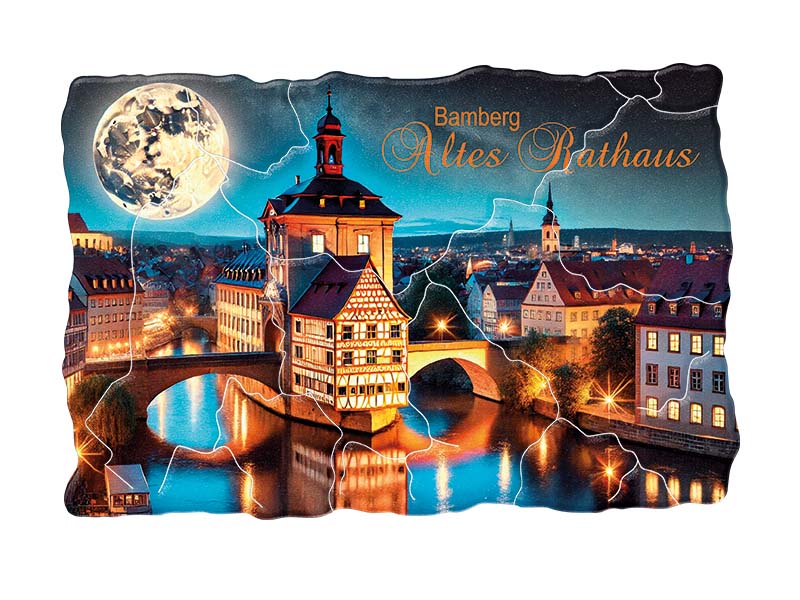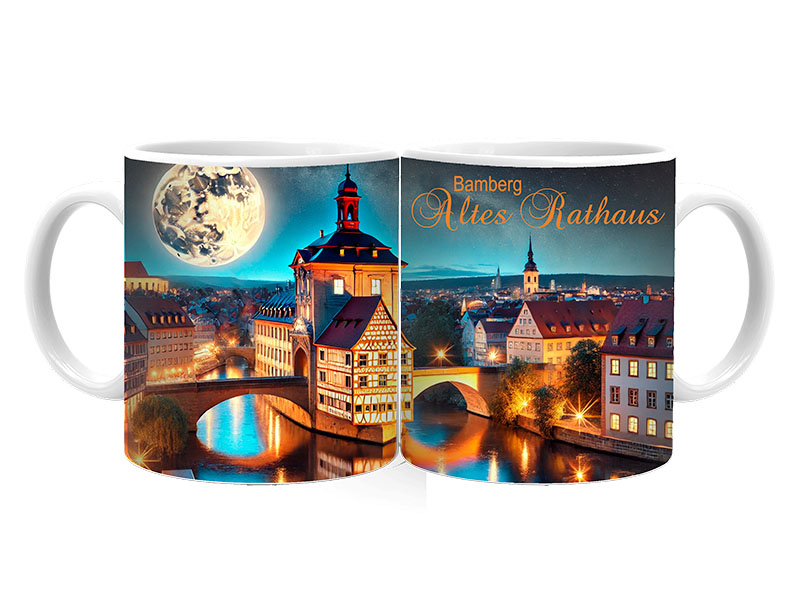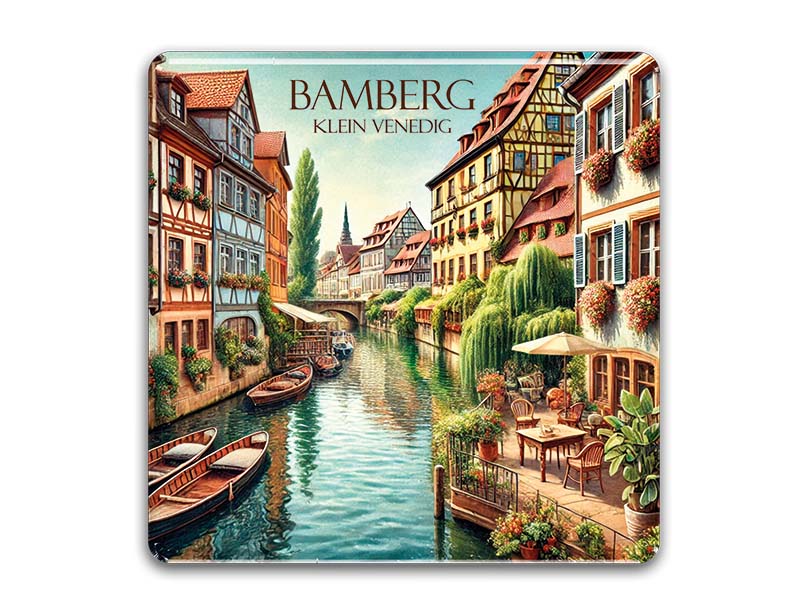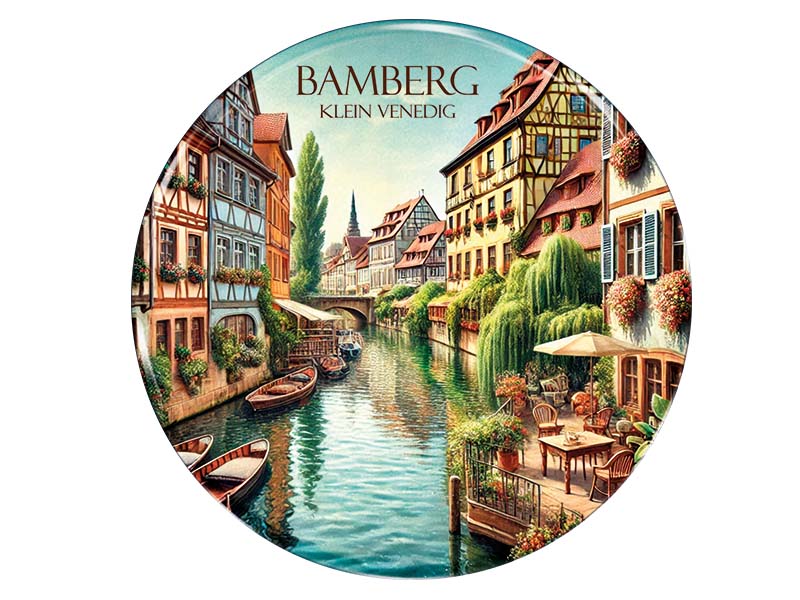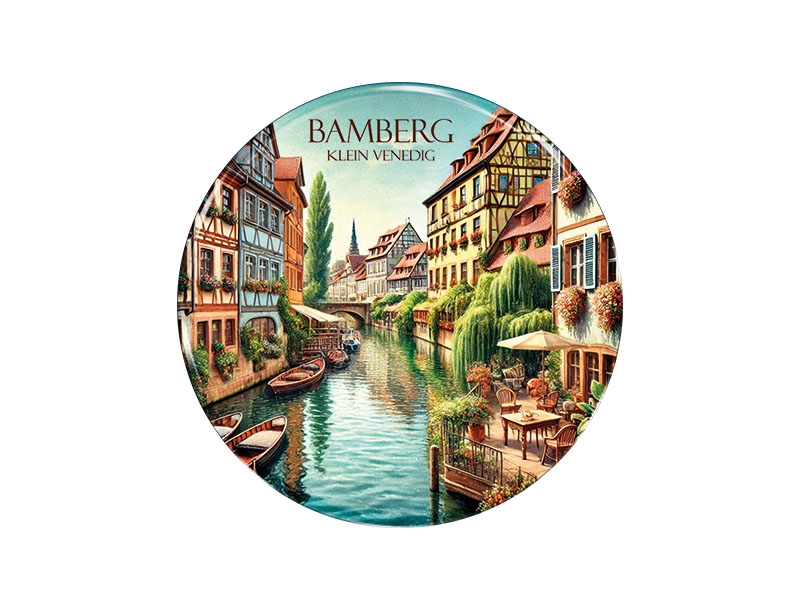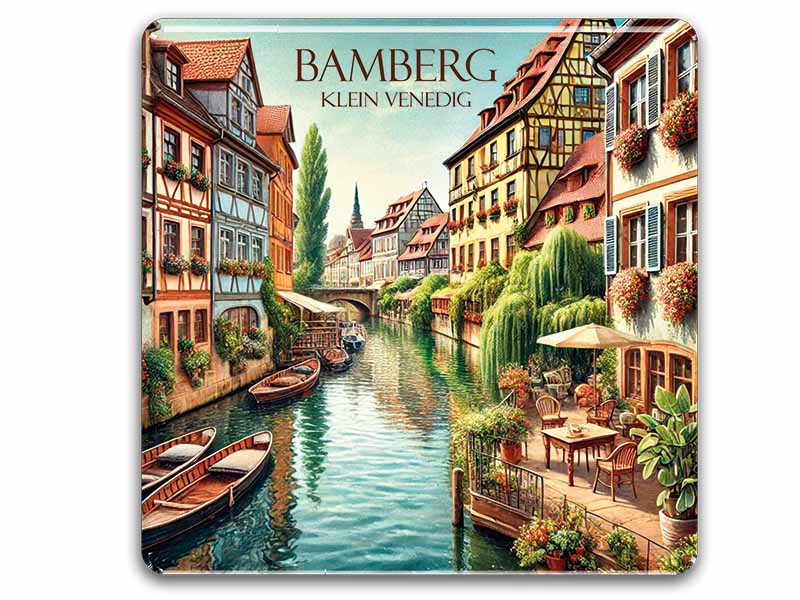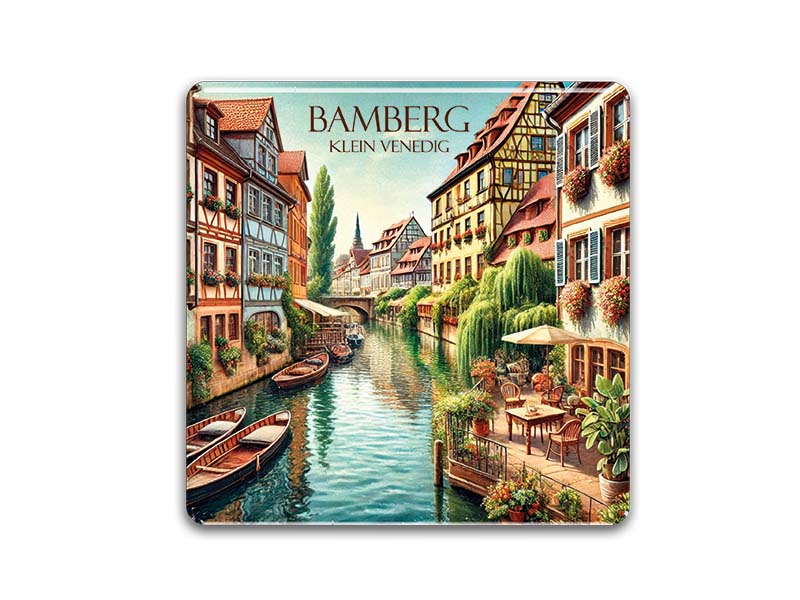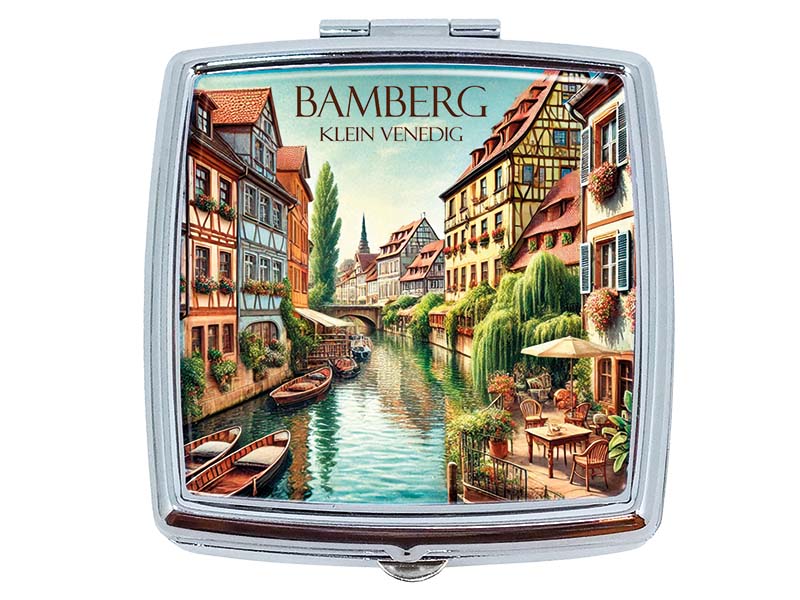- Vehicles
- Figures
- Witches
- Carnival
- Canvas
- Magnets
- Materials
- Maritime
- Hats
- New products
- Personalize
- Plush
- Dolls
- Collectible figures
- Keychain
- Special production
- %Special offers%
- Money boxes
-
Cities - Regions
- Bad Säckingen
-
Bamberg
- Bayerischer Wald
- Berchtesgaden
- Berlin
- Bodensee
- Bremen
- Brocken
- Chiemsee
- Cochem
- Dinkelsbühl
- Dresden
- Eibsee
- Frankfurt
- Freiburg
- Gardasee
- Garmisch-Partenkirchen
- Hamburg
- Harz
- Heidelberg
- Helgoland
- Insel Mainau
- Kleinwalsertal
- Koblenz
- Köln
- Königssee
- Leipzig
- Lübeck
- Mecklenburgische Seenplatte
- München
- Nürnberg
- Oberammergau
- Passau
- Potsdam
- Quedlinburg
- Regensburg
- Rothenburg
- Rügen
- Schwarzwald
- Stuttgart
- Sylt
- Titisee
- Traunsee
- Triberg
- Ulm
- Wernigerode
- Bags/Backpacks
- Textile
- Animal
- Subjects
More information? sign in.
More information? sign in.
More information? sign in.
More information? sign in.
More information? sign in.
More information? sign in.
Bamberg – A City Full of History, Culture, and Joy of Life
Geographical Location and Federal State
Bamberg is located in Upper Franconia, the northern part of the German federal state of Bavaria. The city lies along the Regnitz River, just before it flows into the Main River. The historic old town is spread across seven hills, earning Bamberg the nickname “Franconian Rome.” With an area of about 55 square kilometers and an elevation of approximately 240 meters above sea level, Bamberg enjoys a scenic location near the Franconian Switzerland, the Steigerwald forest, and the Haßberge hills.
Population
As of 2024, Bamberg has a population of approximately 78,000 residents. It serves as both a cultural and economic hub in the region of Upper Franconia. Around 13,000 students attend the Otto-Friedrich University, giving the city a youthful and vibrant atmosphere.
History and Origins
Bamberg’s history dates back to at least the 9th century, when a royal court existed in the area. The settlement was first mentioned in documents around the year 902 as “castrum Babenberch.” However, the city's significant development began in 1007, when King Henry II of the Holy Roman Empire founded the Bishopric of Bamberg to support the Christianization of Eastern Europe. This act transformed Bamberg into a major religious and political center, earning it prestige and influence throughout the Middle Ages.
In the 11th and 12th centuries, Bamberg became a cultural focal point in the Holy Roman Empire. Remarkably, the city remained mostly undamaged by wars over the centuries, which helped preserve its architectural heritage.
In the 17th century, Bamberg played a key role during the Counter-Reformation. Unfortunately, it also became infamous for one of the largest witch hunts in Europe, with over 1,000 people persecuted between 1626 and 1631.
In the 19th century, Bamberg became part of the Kingdom of Bavaria. Unlike many other cities, Bamberg suffered little damage during World War II, allowing its old town to remain largely intact.
In 1993, the UNESCO declared Bamberg's Old Town a World Heritage Site, recognizing it as a rare and authentic example of a well-preserved early medieval town structure in Central Europe.
Main Attractions
Bamberg is one of Germany’s most picturesque cities, known for its well-preserved historical buildings and romantic charm. Highlights include:
-
Bamberg Cathedral (St. Peter and St. George)
This stunning Romanesque-Gothic cathedral dates back to the 11th century. It is famous for the mysterious sculpture known as the Bamberg Horseman, whose identity remains uncertain. -
Old Town Hall (Altes Rathaus)
Built on a bridge in the middle of the Regnitz River, this building appears to float between two worlds. Its vividly painted façades and unique location make it one of Bamberg’s most photographed landmarks. -
Little Venice (Klein-Venedig)
A picturesque row of half-timbered fishermen’s houses along the river. With flower-decorated balconies and moored boats, this district is a charming highlight of the city. -
New Residence and Rose Garden
The former bishop’s palace features opulent rooms and a beautifully landscaped rose garden with panoramic views over the city. -
St. Michael’s Monastery (Michaelsberg)
Situated on one of the seven hills, this former Benedictine abbey offers historical insight and spectacular views. -
Old Court (Alte Hofhaltung)
This ensemble of half-timbered and stone buildings was once the bishop’s residence and now houses the Historical Museum of Bamberg.
Tourism
Bamberg attracts about 800,000 tourists annually, with roughly one-third coming from abroad. Its UNESCO World Heritage status makes it a top destination for architecture enthusiasts, history buffs, and lovers of culture. Beyond standard city tours, Bamberg offers themed experiences such as beer history walks, witch trial tours, and literary tours focused on the city’s artistic heritage.
River cruises on the Main-Danube Canal also bring thousands of visitors. Seasonal events like the Christmas Crib Trail, the Sandkerwa (traditional folk festival) in August, and the Bamberg Magic Festival draw even more visitors to the charming old town.
Traditional Food and Drinks
The Franconian cuisine in Bamberg is hearty, flavorful, and comforting. Some local specialties include:
-
Schäuferla: Roasted pork shoulder with crispy skin, served with dumplings and sauerkraut.
-
Bamberger Hörnla: A regional potato variety with a delicate flavor, often used in salads.
-
Zwetschgenbaames: Air-dried beef ham, a delicacy unique to the region.
-
Bamberger Zwiebel: Large onions stuffed with minced meat and sausage filling, then baked and served with beer sauce.
Bamberg’s culinary pride, however, is its beer culture. The city has the highest brewery density in the world relative to its population. Its most famous brew is the Rauchbier (smoked beer), particularly from the historic Schlenkerla Brewery, whose beer is brewed with smoked malt, giving it a distinctive, smoky aroma.
Other well-known breweries in Bamberg include Mahrs Bräu, Fässla, Spezial, and Keesmann. Each offers unique types of beer, from traditional lagers to unfiltered Kellerbier.
For those who prefer wine, Bamberg is also close to the Franconian wine region, famous for its dry white wines, especially Silvaner, typically bottled in the distinctive round Bocksbeutel.
Typical Souvenirs
Visitors looking for authentic Bamberg souvenirs have plenty of choices:
-
Bottled Rauchbier: Often available with historic-style labels – a must-have for beer lovers.
-
Bamberger Hörnla potatoes: Sometimes available as gift packs or even as seed potatoes for planting.
-
Porcelain and ceramics featuring images of the cathedral or Old Town Hall.
-
Miniatures of the Bamberg Horseman or other local icons.
-
Herbal liqueurs like the traditional “Bamberger Bitter.”
-
Handcrafted nativity figures, especially during the Advent season, when the city celebrates its Christmas Crib Trail with over 400 nativity scenes on display.
Famous People from Bamberg
Several notable individuals were born in or lived in Bamberg:
-
E. T. A. Hoffmann (1776–1822): The renowned writer, composer, and jurist lived in Bamberg from 1808 to 1813. His former residence is now a museum.
-
Joseph Heller (1798–1849): A famous art historian and collector.
-
Hans-Joachim Stuck (*1951): Former professional racing driver and Le Mans winner, born in Bamberg.
-
Lisa Fitz (*1951): Well-known German cabaret artist and actress.
-
Wolfgang and Christoph Lauenstein (*1962): Twin brothers, animators, and Oscar-winning filmmakers, born in Bamberg.
-
Manuela Schwesig (*1974): Although born in East Germany, she has family roots in Bamberg.
Today, Bamberg remains a vibrant cultural hub, home to many artists, writers, and musicians who appreciate the city’s inspirational atmosphere.
Conclusion
Bamberg is a true gem among German cities. With its more than 1,000 years of history, UNESCO World Heritage status, beautifully preserved architecture, and rich beer and food culture, the city offers an exceptional blend of the past and present. Whether you're wandering through "Little Venice," admiring the grandeur of the cathedral, or enjoying a hearty meal with a smoky Rauchbier in hand, Bamberg will leave a lasting impression. It is a city to discover, savor, and return to – a place where history lives and thrives.

